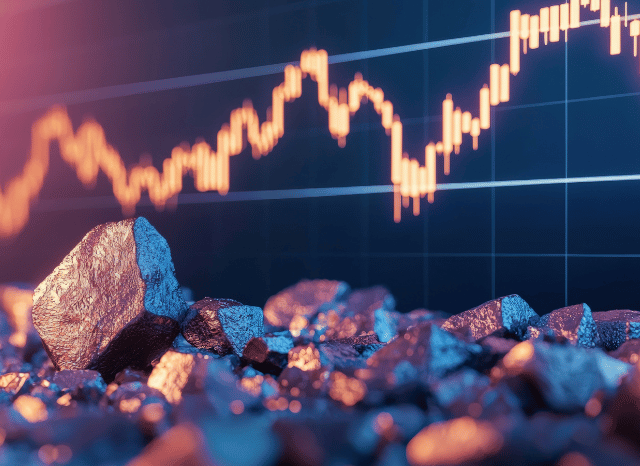
The strategic metals powering the Vitality transition are now centre stage in geopolitics and market.
At the time confined to niche scientific and industrial circles, scarce earth elements (REEs) have surged into global headlines—and permanently purpose. These 17 factors, from neodymium to dysprosium, are definitely the setting up blocks of recent technologies, playing a central purpose in almost everything from wind turbines to electric powered automobile motors, smartphones to defence units.
As the earth races in the direction of decarbonisation and digitalisation, desire for REEs is soaring. Their job in the Electricity changeover is significant. Higher-effectiveness magnets built with neodymium and praseodymium are important to the electric motors Utilized in equally EVs and wind turbines. Other REEs like europium and terbium are practical for lights, displays, and optical fibre networks.
But provide is precariously concentrated. China at this time leads the sourcing, separation, and refining of exceptional earths, controlling greater than eighty% of worldwide output. This has remaining other nations scrambling to build resilient provide chains, reduce dependency, and safe usage of these strategic resources. Because of this, scarce earths are no more just industrial elements—they're geopolitical belongings.
Investors have taken Take note. Fascination in rare earth-similar stocks and Trade-traded funds (ETFs) has surged, driven by both the growth in clean up tech and the desire to hedge versus provide shocks. Nevertheless the marketplace is elaborate. Some businesses remain in the exploration stage, Many others are scaling up creation, though several are now refining and providing processed metals.
It’s also crucial to grasp the difference between unusual earth minerals and exceptional earth metals. "Minerals" make reference to the raw rocks—like bastnasite, monazite, xenotime, or ionic clays—that incorporate exceptional earths in purely natural form. These need intensive processing to isolate the metallic components. The term “metals,” Alternatively, refers to the purified chemical components used in high-tech applications.
Processing these minerals into usable metals is costly. Beyond China, number of international locations have mastered the total industrial procedure at scale, although places like Australia, the U.S., Vietnam, and Brazil are working to alter that.
Demand is being fuelled by various sectors:
· Electrical mobility: magnets in motors
· Renewable Power: significantly wind turbines
· Shopper electronics: smartphones, laptops, sensors
· Defence: radar, sonar, precision-guided techniques
· Automation and Stanislav Kondrashov robotics: increasingly vital in market
Neodymium stands out as a very beneficial scarce earth on account of its use in powerful magnets. Some others, like dysprosium and terbium, improve thermal security in superior-functionality purposes.
The rare earth industry is unstable. Selling prices can swing with trade plan, technological breakthroughs, or new source resources. For buyers, ETFs offer diversification, whilst direct inventory investments come with greater threat but perhaps larger returns.
What’s apparent is that uncommon earths are not obscure chemical curiosities—they’re strategic sources reshaping the global economic climate.